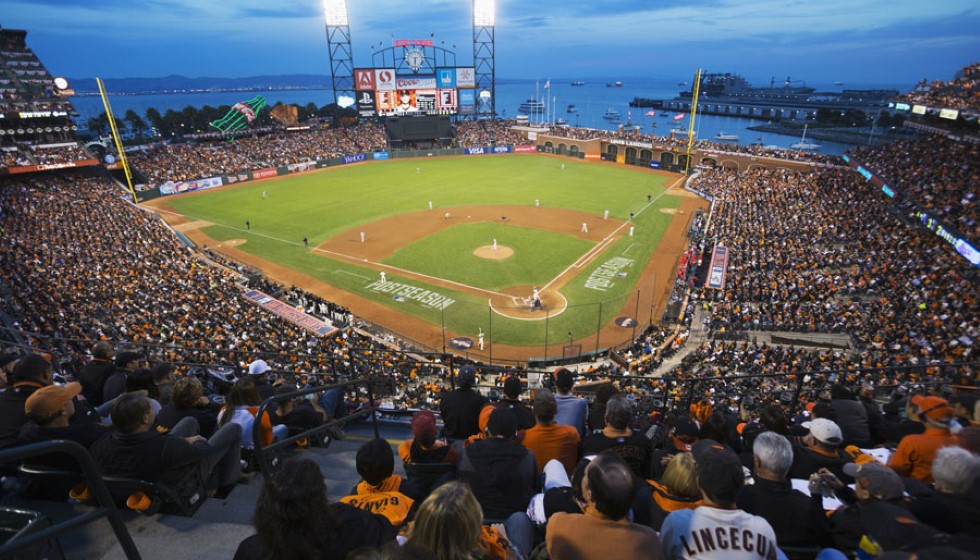
The recent Major League Baseball amateur draft showcased a flurry of activity and substantial financial commitments, cementing its place as a pivotal moment in shaping the future of the sport. With the signing deadline passing, teams and players have navigated their post-draft strategies, with significant deals reached and a few notable declinations.
Top Picks Ink Lucrative Deals
At the forefront of the draft, standout collegiate talents secured substantial signing bonuses, reflecting their high value to the teams that selected them. Leading this year's draft was Oregon State's second baseman, Travis Bazzana, who signed with the Cleveland Guardians as the first overall pick for an impressive $8.95 million. Not far behind, Wake Forest right-hander Chase Burns and Georgia outfielder Charlie Condon each secured $9.25 million, being picked second by the Cincinnati Reds and third by the Colorado Rockies, respectively.
First-Round Highlights
Among the top 315 selected players, nearly all managed to secure contracts, with only four exceptions. Notable first-round deals include Trey Yesavage, picked 20th overall by the Toronto Blue Jays, who agreed to a $4,175,000 bonus. Close on his heels, Vance Honeycutt, chosen 22nd by the Baltimore Orioles, secured a $4 million bonus. These signings highlight the lucrative nature of the draft's top echelon and the investment teams are willing to make in premium talent.
Unsigned High Picks Opt for College
Despite the high signing rates, a few players chose the college route over professional contracts. Tyler Bell, selected 66th overall by the Tampa Bay Rays, and Chris Levonas, picked 67th by the Milwaukee Brewers, both pursued college commitments to Kentucky and Wake Forest, respectively. Additionally, Ryan Prager, selected 81st by the Los Angeles Angels, and Jaxon Jelkin, picked 263rd by the New York Mets, also opted to remain unsigned. These decisions reflect a strategic choice for further development and potential future drafts.
As a consequence of these unsigned players, the Rays, Brewers, and Angels will each receive compensatory picks in next year's draft. Notably, the Rays are set to gain the 67th pick, the Brewers the 68th, and the Angels will receive an additional selection after the third round, positioning themselves for future opportunities.
Financial Overview of the Draft
In total, the league committed a staggering $342 million to this year's pool of draft-eligible players, marking an 8.3% increase from last year's $315.8 million at the deadline. Teams operated within the constraints of the signing bonus pool, with no team exceeding the permissible 5% margin. However, twenty-three teams edged close to their limits, demonstrating their commitment to bolstering their rosters with premier talent. The Arizona Diamondbacks were meticulous, spending exactly their pool amount, while six teams underspent. The Tampa Bay Rays were $250,300 short of their pool amount, and the Colorado Rockies fell $87,300 short.
Team Expenditures and Strategies
The Cleveland Guardians and Colorado Rockies emerged as the highest spenders, each allocating $19,236,100 on their selections. The Cincinnati Reds followed closely, disbursing $17,156,100. On the other end of the spectrum, the Houston Astros spent the least among all teams, committing $6,210,412. These figures underscore the diverse financial strategies employed by teams, balancing immediate needs with long-term development goals.
Comparisons to Previous Drafts
Reflecting on last year's draft, only one pick from the first ten rounds remained unsigned, highlighting the increasing efficiency and success of negotiations in recent years. Notably, Caden Kendle, a 10th-round selection by the St. Louis Cardinals last year, saw his stock rise considerably. Kendle was picked in the fifth round by the Minnesota Twins this year and signed for $147,500, demonstrating how players' decisions to defer signing can pay off with improved draft positioning and bonuses.
In sum, this year's MLB draft was marked by significant financial commitments, strategic decision-making by players, and careful navigation of the signing bonus pool by teams. As the dust settles, the newly signed players will look to make their mark in professional baseball, while those opting for college aim to boost their future draft prospects. The annual draft continues to be a cornerstone event in setting the stage for the next generation of baseball talent.